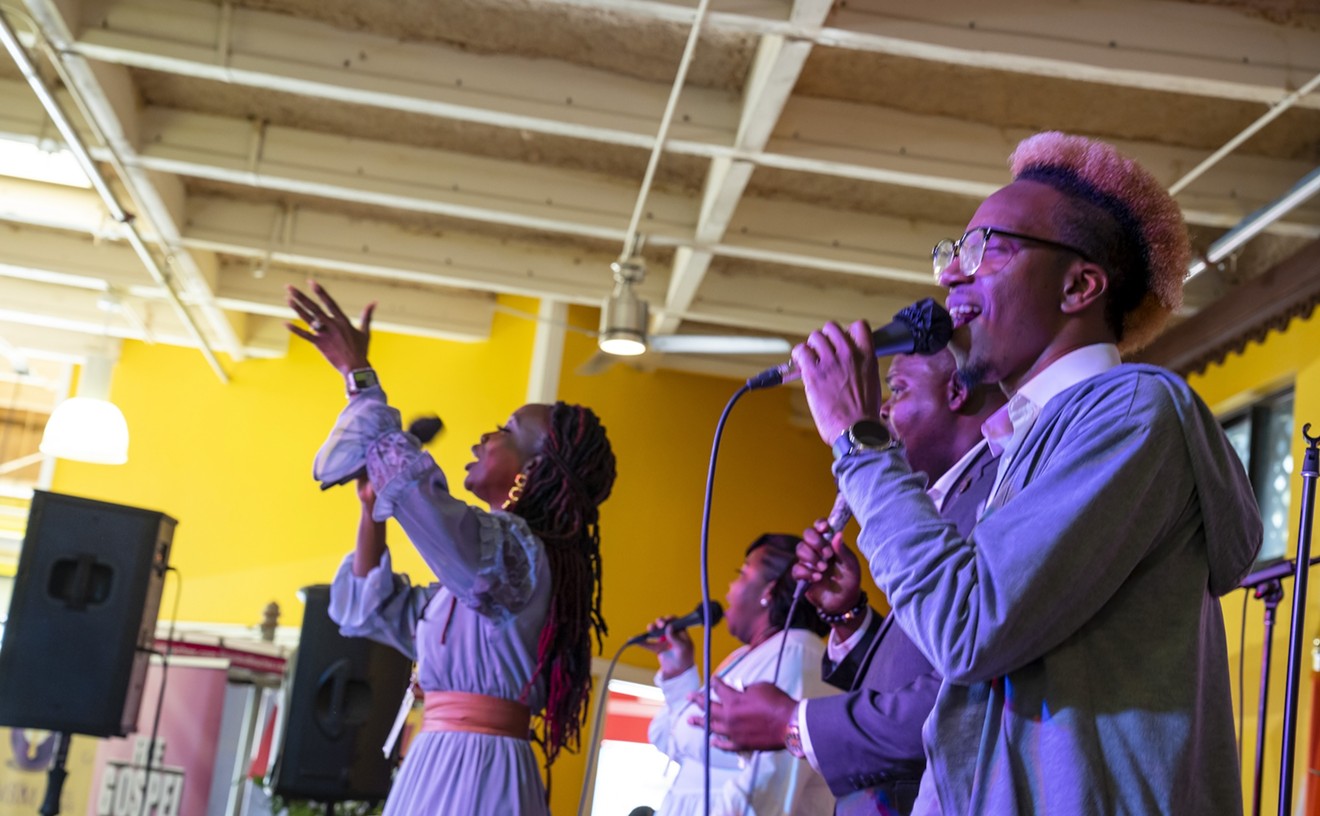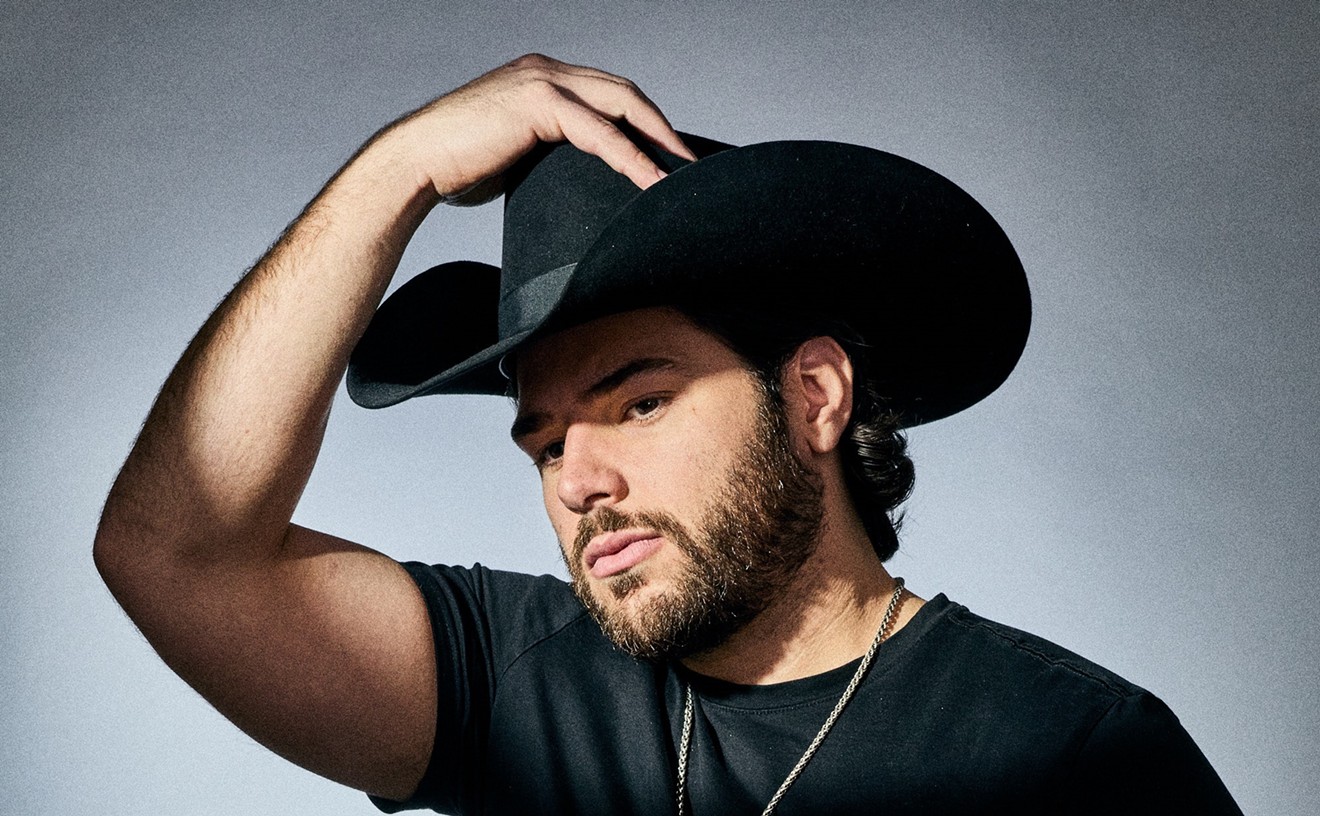Almost half his lifetime ago, in 1981, Marsalis burst on to the musical scene, arrogantly and expertly blowing his trumpet and immediately landing a high-profile major-label record deal. He came from a musical family (his father and three of five brothers are performers) in New Orleans, ancestral home of jazz and its rich Dixieland traditions. Offered a scholarship at Yale University, he went instead to the even more rarefied halls of the Juilliard Music School, which he left after a year to join the famed Jazz Messengers, led by drummer Art Blakey.
By 1984 those precocious moves seemingly had paid off: The 23-year-old had his own band and would be the only musician in history to earn Grammy Awards in the jazz and classical categories in the same year. In 1985 he would repeat the feat. He subsequently released more than 40 albums; garnered a string of awards, including a Pulitzer Prize for his 1995 oratorio Blood on the Fields, which explored the history of slavery; and toured prodigiously, playing more than 200 shows per year.
Marsalis took a bit longer to develop his a sense of tact, earning a notorious reputation for his inimitable power to piss people off, especially fellow musicians. It all began during his insolent youth. He would shoot off his mouth, bragging about his stunning musical ability or knocking the work of others. A negative comment about the Seventies' electrified experimental period of one of his idols, Miles Davis, even set off a public feud between the two men. (Marsalis preferred his hero's earlier work, a point he dramatized by recording his first album with members of Davis's early Sixties rhythm section.) He also dismissed his hometown musical scene, claiming "there is no jazz in New Orleans"; pointedly forgetting musicians such as King Oliver, Louis Armstrong, Jelly Roll Morton, and Sidney Bechet, all pioneers of jazz in the city's bordellos and honky-tonks, and that his own father helped found one of the most successful training programs for aspiring jazzsters (in which young Wynton participated) at the New Orleans Center of the Arts.
Somewhere along the way, though, Wynton Marsalis snapped -- in a good way. Suddenly the cocky trumpeter who had the stage presence of wet cement woke up and became Mr. Nice Guy. He went, in short, from being what many would deem an ass to a modern-day Louis Armstrong, the amiable guy everyone loved. The new-and-improved Marsalis was cuddly, avuncular, a role model. The transformation seems to have taken place around the time that he decided it was his mission in life to "save" jazz.
Statistics from the Recording Industry Association of America indicate that jazz claims less than two percent of the overall music market. In the past few years, the genre's biggest sellers have been in the poppy "smooth" category, as defined by Kenny G and David Sanborn. Sales of both classic straight-ahead sounds and more left-field currents lagged far behind. Some blame the lack of education among the listening public, many of whom associate the genre more with background music or quaintly retro Gap commercials than with a vital culture, let alone anything they'd actually add to their compact disc collections. Until Marsalis met writer and jazz critic Stanley Crouch in the early Eighties, even he had to admit he didn't know much about the music's history.
In 1987 Marsalis took up residence at New York City's famed Lincoln Center concert complex and has been there ever since, directing its jazz festival, heading a renowned teaching program, and continuing to compose his own works. The Nineties would see him round up a slew of hot young musicians, including some of his former band members such as Wess Anderson, Wycliffe Gordon, and Victor Goines (as well as the 22-year-old New World School of the Arts alum Seneca Black) to perform as the Lincoln Center Jazz Orchestra.
As music director of this new ensemble, Marsalis instituted a back-to-basics approach, emphasizing improvisation, rhythmic swing, and above all else, the blues, which (not coincidentally, considering his role in Marsalis's current aesthetic) writer Albert Murray cited in his book Stompin' the Blues as the very basis of jazz.
This wholehearted embrace of tradition has ignited a "veneration over innovation" debate among both music critics and fans. Many crow that creativity is evaporating among young players, who seem devoted to emulating the old masters and less concerned with forging their own new style. They also charge that these callow talents have it easy, getting signed to lucrative record contracts before paying their artistic dues and developing via years on the road as sidemen in other musicians' bands.
Marsalis's dismissal of fusion and avant-garde genres as "just noise, man" continues to raise the hackles of many. In his role as a musical fogey, Marsalis has made it the LCJO's business to entrench the place of jazz in American culture by performing and recording music from its vivid history as well as playing fresh pieces created by commissioned composers like himself; part of this perceived mission entails revising the public perception of just what the genre is. To defenders of free-jazz currents, it's a revision that is nothing short of reactionary. In an interview with a Canadian newspaper last year, Marsalis firmly defended his embattled position: "I'm tired of hearing how I play other people's music, old music. Let's get this straight -- there is no old jazz. Jazz is a new music. And I play it -- mine and others' -- to keep it fresh and alive and to keep it front of audiences."
Vocalist Milt Grayson, a sporadic singer with the LCJO since the early Nineties and a veteran of Duke Ellington's orchestra from 1960 to 1964, agrees with Marsalis. Speaking on the phone from the road, Grayson explains: "It goes back to the symphony orchestras playing Bach and Beethoven. What's the difference between the [LCJO] and that? Jazz is America's real classical music. You go back to Armstrong or Ellington and bring those things up to the people."
Judging by Marsalis's frequent sold-out concerts and relatively high record sales for a jazz artist, the public seems to like what he is offering, even if the critics don't. The LCJO recently embarked on a "For Dancers Only" tour, named after a jaunty 1937 instrumental by band leader Jimmie Lunceford. The show features the group (including Marsalis's enveloping, rich-toned trumpet) performing standards and new works by Marsalis and other orchestra members, basso profundo Grayson belting out a few ballads, and a cast of energetic swing dancers showing off their moves.
It may sound like a throwback to the ballrooms of the Thirties and Forties, such as Harlem's Savoy (or maybe just another Gap commercial), but in Marsalis's view, performing and interpreting the old tunes is precisely what keeps them lively, relevant, and spiritually enriching. Something he once told Life magazine many years ago could well apply to all the arguments that rage against him now: "Art isn't an automobile. It doesn't get outmoded. It deals with the human soul."










